Electric vehicles (EVs) have become a cornerstone of sustainable transportation, and with their rise in popularity, the demand for faster and more efficient charging solutions has grown exponentially. Among the various charging options, Level 3 chargers, also known as DC fast chargers, stand out for their remarkable speed and performance. This article delves into the essential aspects of Level 3 EV chargers, including their functionality, connector types, charging speed, costs, and how they compare to Level 2 chargers.
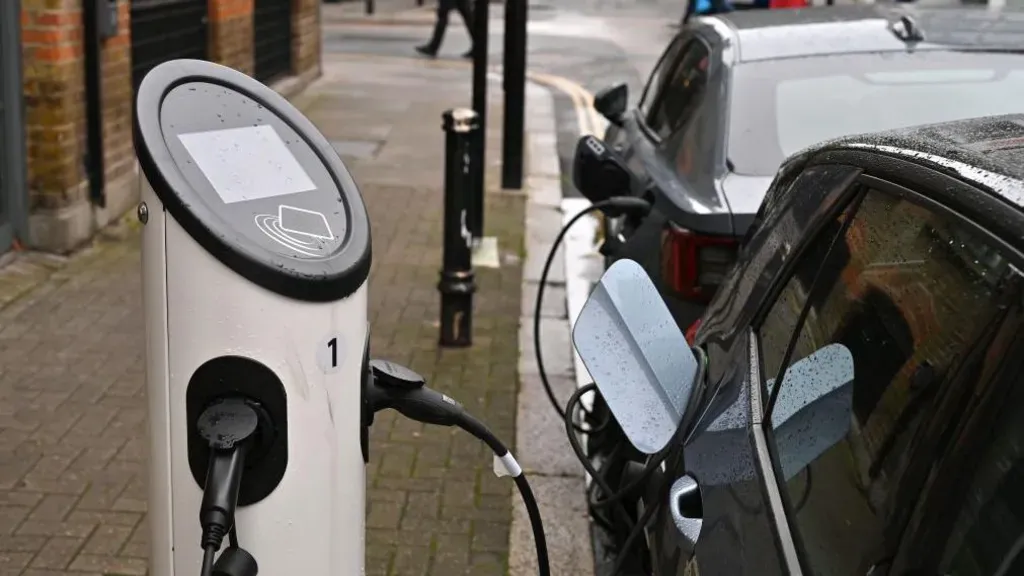
A Level 3 EV charger is an advanced charging apparatus designed to replenish an EV’s battery at a much faster rate than Level 1 or Level 2 chargers. These chargers utilize direct current (DC) to deliver high-powered energy directly to the vehicle’s battery, bypassing the vehicle’s onboard charger. This unique approach enables significantly faster charging speeds, making Level 3 chargers ideal for long-distance travelers and commercial applications where time efficiency is paramount.
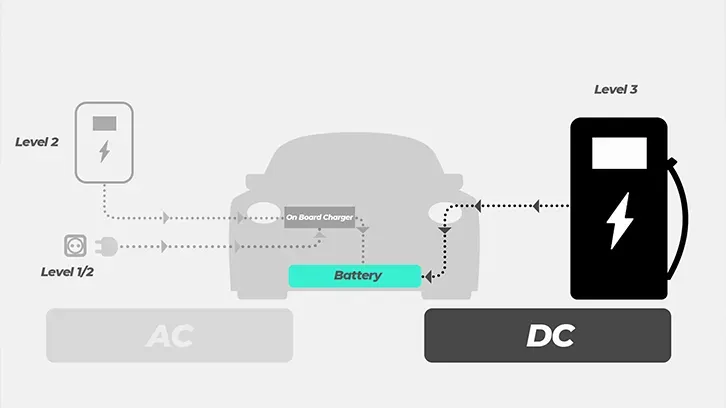
However, one critical distinction of Level 3 chargers is their lack of standardization compared to Levels 1 and 2. While lower-level chargers predominantly rely on the SAE J1772 or “J Plug” connector (with Tesla chargers requiring an adapter for compatibility), Level 3 chargers utilize a variety of connectors, including:
A proprietary connector designed exclusively for Tesla vehicles. Tesla Superchargers, which are Level 3 chargers, use this plug to provide rapid charging to Tesla cars.
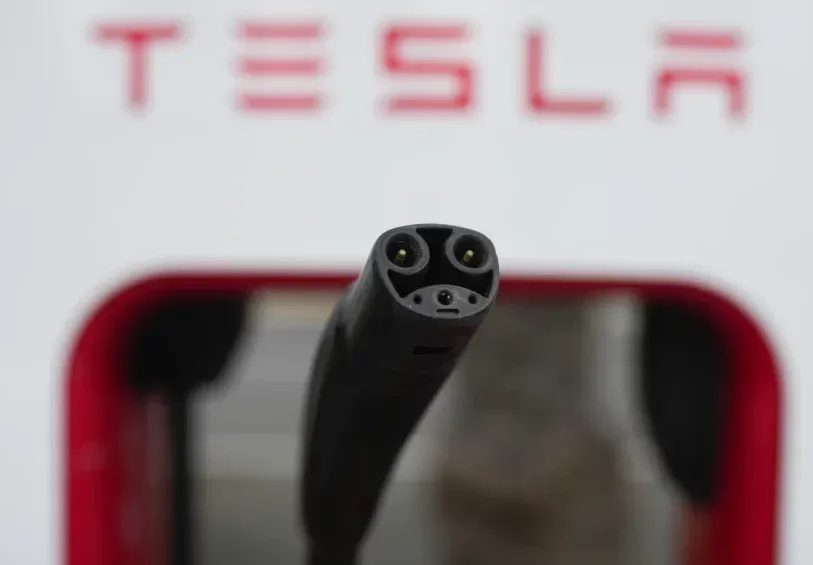
Widely used by Asian automakers such as Nissan and Mitsubishi, this connector supports bi-directional charging, allowing EVs to discharge energy back to the grid.
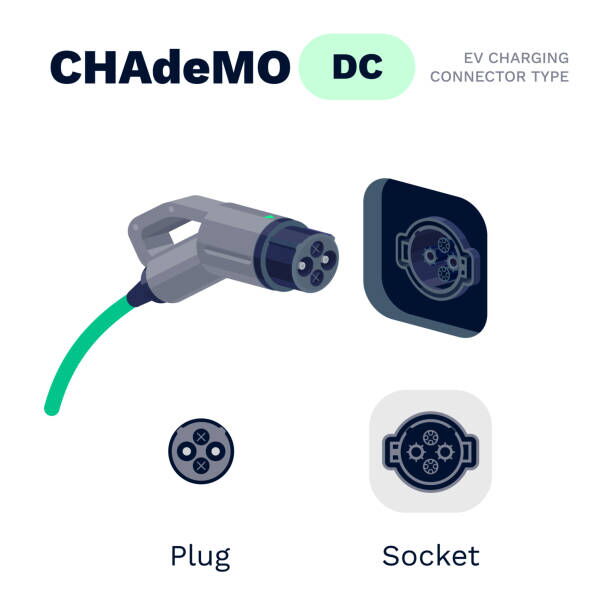
Also known as the “Combo” plug, CCS is an extension of the J Plug standard and is increasingly favored by European and American automakers for its versatility and widespread adoption.
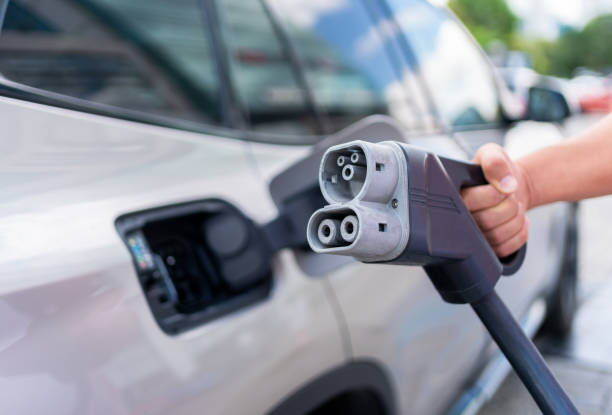
The cost of charging an EV with a Level 3 charger is notably higher than Level 1 and Level 2 options. On average, a full Level 3 charging session costs between $25 and $50, depending on factors such as:
Regional electricity rates and the pricing model of the charging station operator.
Larger batteries require more energy to reach full charge.
Most Level 3 chargers bill users based on the time spent charging or the amount of energy consumed (measured in kilowatt-hours).
While Level 3 charging is pricier, its rapid speed often makes it a worthwhile investment for EV drivers who prioritize time savings over cost efficiency.
The standout advantage of Level 3 chargers is their extraordinary speed. These chargers can provide an EV with approximately 60 to 80 miles of range in just 20 minutes. To put this in perspective:
Adds about 3 to 5 miles of range per hour.
Adds roughly 15 to 30 miles of range per hour.
Delivers 3 to 5 times the speed of Level 2 chargers, making it the fastest commercially available charging option.
Such rapid charging is particularly beneficial for drivers on long road trips or those using EVs for commercial purposes, where downtime needs to be minimized.
When deciding between Level 2 and Level 3 charging stations, it’s essential to understand their core differences:
Level 2 chargers typically deliver power at rates ranging from 3.3 kW to 19.2 kW, translating to charging times of 4 to 8 hours for a full charge.
Level 3 chargers operate at power levels of 50 kW to 350 kW or more, enabling full charges in under an hour for many EVs.
Level 2 chargers use alternating current (AC), which requires conversion by the vehicle’s onboard charger.
Level 3 chargers use direct current (DC), eliminating the need for onboard conversion and allowing for faster energy delivery.
Level 2 chargers are relatively easy to install and are commonly found in homes, workplaces, and public areas.
Level 3 chargers require high-voltage infrastructure and significant installation investments, limiting their deployment to commercial and industrial settings.
Level 2 chargers are more affordable to install and operate, making them suitable for residential and small-scale applications.
Level 3 chargers have higher installation and operating costs but cater to high-demand scenarios where speed is a priority.
The rapid charging capabilities of Level 3 stations make them indispensable in several scenarios, including:
Ideal for EV drivers on long road trips, providing quick recharges to resume their journey.
Perfect for commercial fleets requiring rapid turnarounds between operations.
In dense urban areas, where parking space is limited, fast chargers allow for higher vehicle throughput.
Despite their benefits, Level 3 chargers come with certain challenges that must be addressed:
Setting up a Level 3 charging station requires significant investment in electrical infrastructure and equipment.
The lack of a universal connector standard can create compatibility challenges for EV owners.
High power consumption places substantial demand on the grid, necessitating advanced energy management solutions.
Frequent use of DC fast charging can accelerate battery degradation, reducing overall battery life.
As the EV industry continues to evolve, so too will Level 3 charging technology. Future developments may include:
Chargers capable of delivering 500 kW or more are under development, promising even faster charging times.
Efforts to unify connector standards may enhance compatibility across different EV brands.
Incorporating solar, wind, and other renewable energy sources to power Level 3 chargers, reducing their environmental footprint.
Improvements in battery chemistries may mitigate the impact of fast charging on battery health, extending longevity.
Level 3 EV chargers represent a pivotal advancement in electric vehicle infrastructure, offering unmatched charging speeds and enabling broader adoption of EVs. While they come with higher costs and technical challenges, their benefits for long-distance travel and commercial applications make them an essential component of the EV ecosystem. As technology and infrastructure continue to improve, Level 3 chargers will play an increasingly vital role in shaping the future of sustainable transportation.
